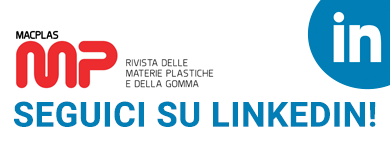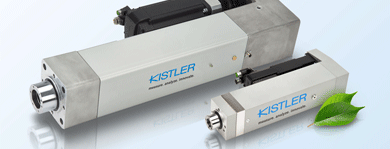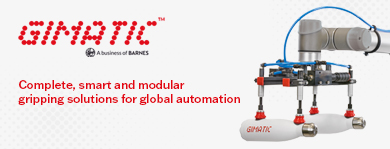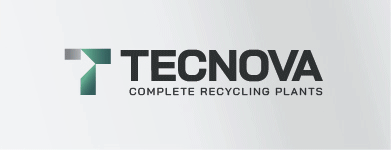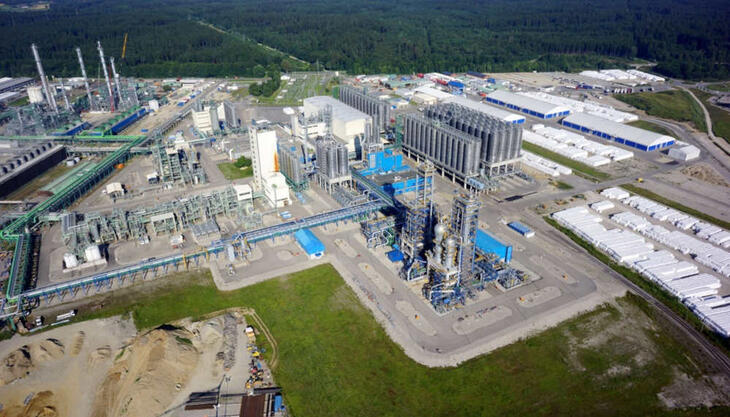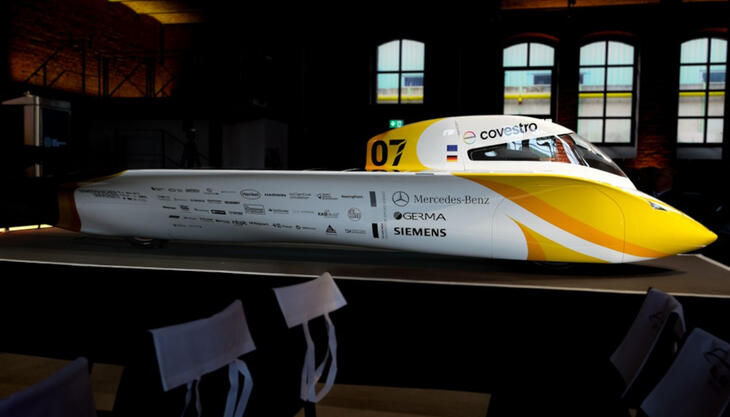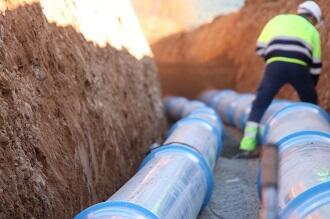
The first European EN standard for oriented unplasticised PVC (PVC-O) pipes came out after an extensive four-year development process, initiated by TEPPFA (The European Plastic Pipe and Fittings Association).
EN 17176 PVC-O piping systems for water supply and for buried and above-ground drainage, sewerage and irrigation under pressure, adopted in the 28 EU member states and other 6 member countries, creates a new Europe-wide voluntary standard for those manufacturing PVC-O pipes, where previously there had been a variety of non-aligned national standards.
This new standard allows specification for PVC-O piping systems intended for water supply use, pressurised (up to 25 bar) drainage, sewerage, treated waste water and irrigation systems, either underground or above-ground where protected from direct sunlight. It applies to drinking water piping systems under pressure, up to and including 45°C, as well as to pressurised waste water and irrigation.
The key sections of the new five-part standard include the requirements for the raw material, PVC-O pipes and fittings and their testing to fit for the designed purpose of the system:
Part 1: General ( material characteristics, definitions and classifications);
Part 2: Pipes, d (characteristics of solid wall pipes, product range, testing etc.);
Part 3: Fittings, (characteristics of PVC-O fittings);
Part 5: Fitness for purpose of the system, including its components;
Part 7: (still under preparation) Assessment of conformity.
PVC-O is a remarkably strong material developed by molecularly orienting the pipe during the production process. This makes it much stronger - yet lighter - than standard PVC-U, and the molecular orientation also endows it with better impact resistance and increased tensile strength. A PVC-U preform is extruded with a reduced diameter and with a larger thickness followed by an expansion process under controlled conditions. This technique increases its diameter and re-orientates the molecules to become biaxially oriented PVC-O.






